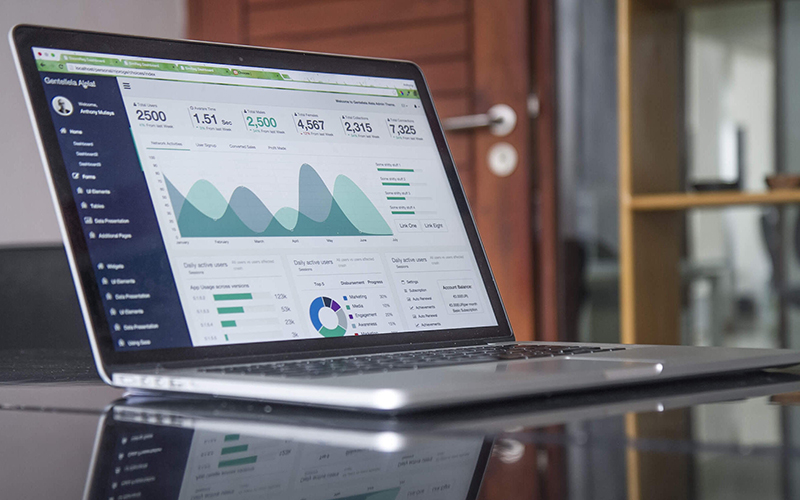Last week I wrote about web design trends for the upcoming year. This week I’ll add on to that with digital marketing trends. Don’t worry; this will be the last ‘trends’ post for… well, a year. 😉
Chatbots
I remember when I was working at Happy Online we used Zopim Live Chat (now known as Zendesk Chat) on our company website. Zopim had a nifty feature known as ‘triggers’, which allowed you to let the chat automatically send a message when a user visited a certain page or clicked a certain button.
How things have changed! With alle the new live chats and chatbots available such as Drift and Intercom, website owners and marketers can use these AI-powered live chats to communicate with customers. These bots have become more intelligent and customizable, and getting more popular by both websites and consumers.
Big data
I love data! I used to tutor statistics & analytics at college. Nothing made my day better than having a big chunk of data in any form, and making sense (and drawing conclusions) from something that seemed a big chaos of numbers and words.
We’ve been collecting data for years. Service such as Google Analytics has been an incredible tool for marketers to understand their audiences. Big data has been a trend for quite a while now, although it was mostly a subject for big businesses. With growing accessibility thanks to technological developments, machine learning and AI, big data will become better available for small and medium sized businesses.
Influencer marketing
Gool ol’ word of mouth is the best way to get business. The closest to this in the online world is influencer marketing.
Influencer marketing has been growing in popularity over the past years. Nearly 95 percent of marketers that use a influencer marketing strategy think it’s effective. Companies that want to connect with people over social media will turn to influencer marketing as one of the social strategies. Especially younger consumers prefer content that feels more organic instead of advertisements. 2018 will see companies investing more in influencers and raising teams of micro-influencers.
Native ads
Most users get frustrated and annoyed by interruptive ads. Like browsing a website and all of a sudden getting a huge out of context pop-up. Say goodbye to your conversion rate.
Native ads blend in on the platform they’re shown on, being much less intrusive than banners or pop-ups. It’s expected that native ads drive more than 74 percent of ad revenue by 2021. Native ads require a different approach to copy; using “smart content”, able to adapt to audiences using cookies and a better understanding of target audiences. CTR rates for premium native ads were four times higher than that of non-native display ads.
Social media: The king is dead, long live the king.
While most social media platforms have managed steady or rapid growth, Twitter has been unable to grow users in 2017. Recently, they expanded their character limit from the traditional 140 to 280 characters in an attempt to expand its reach, but the effect of this has yet to be seen. It also rubbed some of its fans the wrong way; they thought 140 characters was a differentiator, forcing individuals and brands to distill a message as short as possible. Now, it’s more like other platforms such as Facebook and LinkedIn, and might suffer because of that. Sorry, Donald.
While Twitter struggles, LinkedIn has made a number of improvements to their platform and refreshed their user interface. Also some improvements on LinkedIn’s ad platform have been made, making it an interesting choice for B2B marketers.
Meanwhile! – Instagram is growing like never before. Their latest tool, Instagram Stories (which also integrates with Facebook), became more popular than Snapchat just one year after going live. Since many marketers and B2C brands see better engagement on Instagram than on any other platform, this might become the go-to channel for social media marketing.
